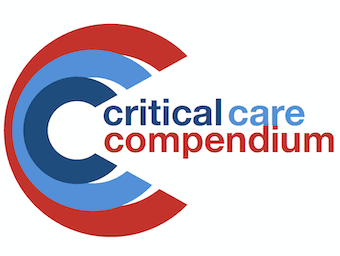


Fluid administration device flow rates
Rapid fluid administration is potentially life-saving in the resuscitation setting; flow rates achieved depend on the devices used in fluid administration, largely in agreement with Poiseuille's law

Perioperative fluid management
Perioperative fluid management: an adequate and timely replacement of actual losses with appropriate preparations seems to be an ideal primary approach

Global Increased Permeability Syndrome
Global Increased Permeability Syndrome (GIPS) "is characterised by high capillary leak index (CLI, expressed as the ratio of CRP over albumin x 100), excess interstitial fluid and persistent high extravascular lung water index (EVLWI), no late conservative fluid management (LCFM) achievement, and progression to organ failure"

Fluid Therapy Literature Summaries
Fluid Therapy Literature Summaries

Assessing fluid status
Advantages and disadvantages of different methods for assessing fluid status

Albumin
Albumin: colloid solution; 4, 10, 20%; use in the critically unwell is controversial

Albumin versus normal saline
Albumin versus normal saline

Adverse Outcome Template
template for answering on 'adverse outcome' questions in the FCICM exam

Medical futility
"Futility" means the absence of benefit; a consensus definition of medical futility does not exist; ~80% of ICU patients who die do so as a consequence of a decision to withhold or withdraw life support

Military Anti-Shock Trousers (MAST)
Military Anti-Shock Trousers (MAST): inflatable trousers once recommended for exsanguinating pelvic injury, now considered obsolete; aka "pneumatic anti-shock garments" (PASG)

Autotransfusion device and cell salvage
Autotransfusion device and cell salvage; collection system used to recycle blood from a bleeding patient
